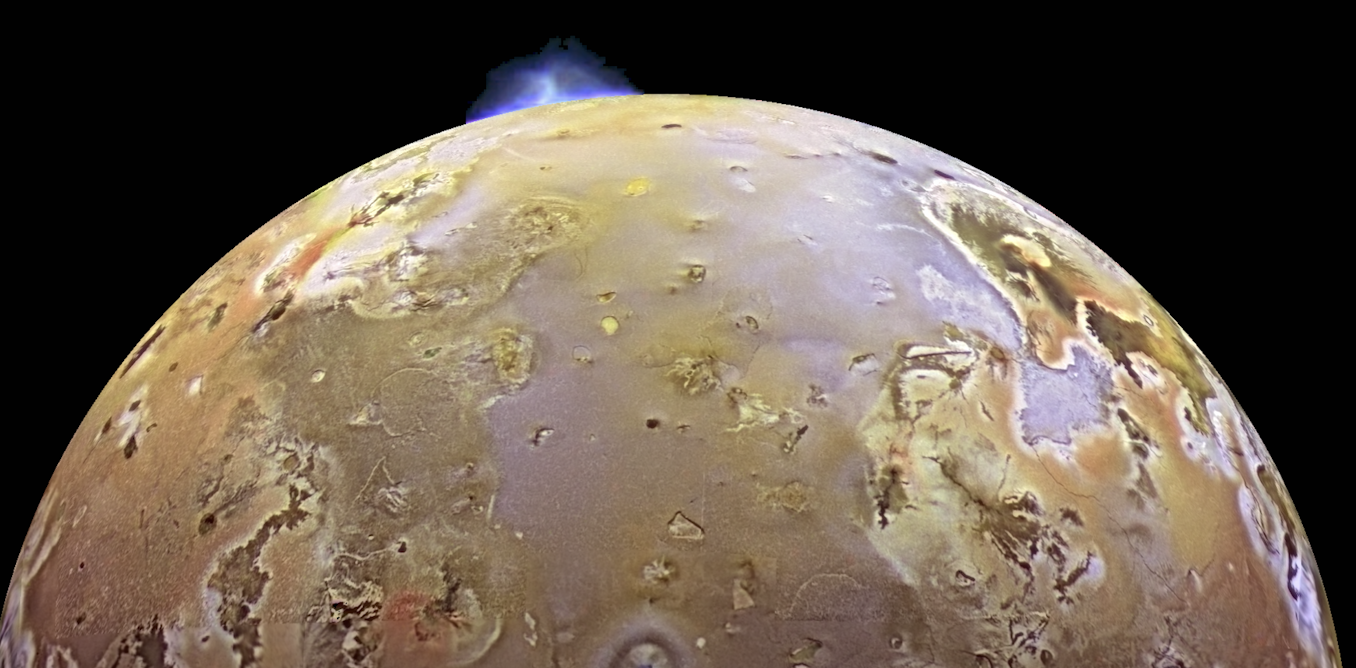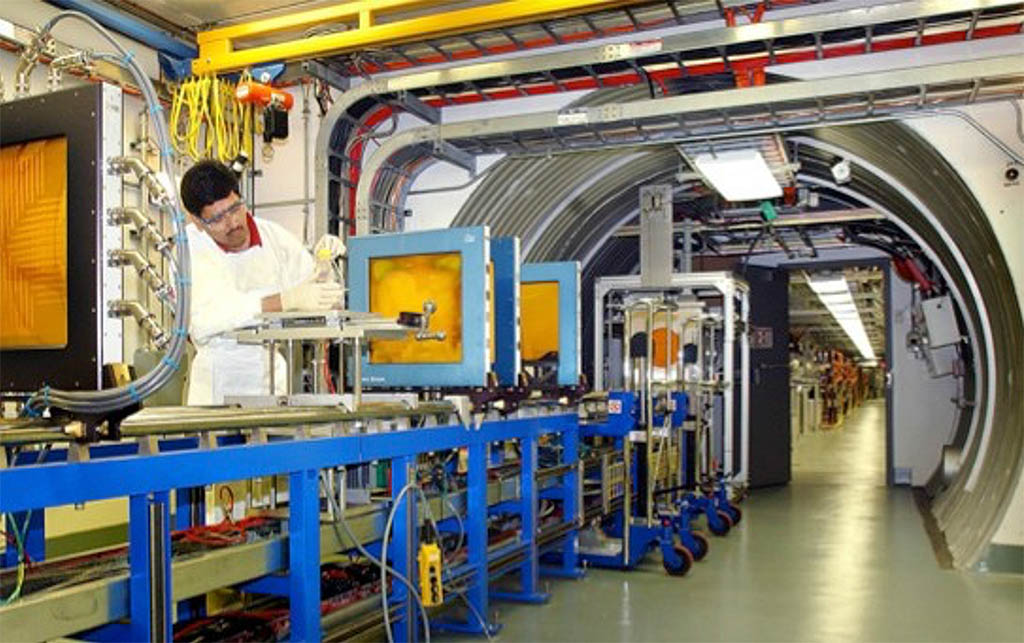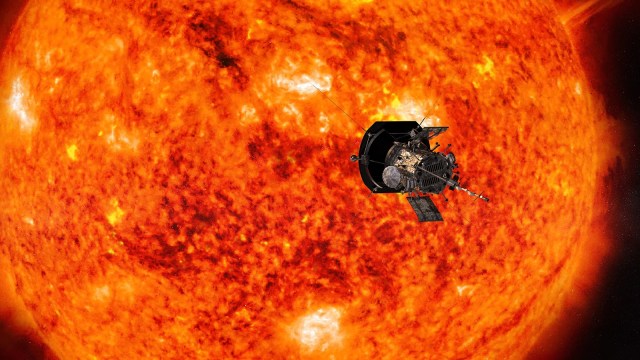
Nasa has just rejected missions to moons of Jupiter and Neptune – here’s what we would have found out
Ashley Spindler does not work for, consult, own shares in or receive funding from any company or organization that would benefit from this article, and has disclosed no relevant affiliations beyond their academic appointment.
It’s been 30 years since Nasa last visited Venus, with the Magellan orbiter in 1990. Now, two new missions have been selected to explore the deadly atmosphere, crushing pressures and volcanic landscape.
The process dates back to February 2020, when Nasa announced that four missions were to undergo a nine-month peer-review process for feasibility. They were all part of the Discovery program, started by Nasa in 1992 to bring together scientists and engineers to create exciting, groundbreaking missions. Set aside from the flagship missions – such as Curiosity and Perseverance – the missions operating under Discovery have taken unique and innovative approaches to exploring the solar system.
The two winning Venus missions, Davinci and Veritas, have been awarded US$500 million (£354 million) and will be launched some time between 2028 and 2030. But the competition was tough from the two losing missions, which would have gone to Io and Triton, respectively moons of Jupiter and Neptune. So what are we missing out on as a result?




















